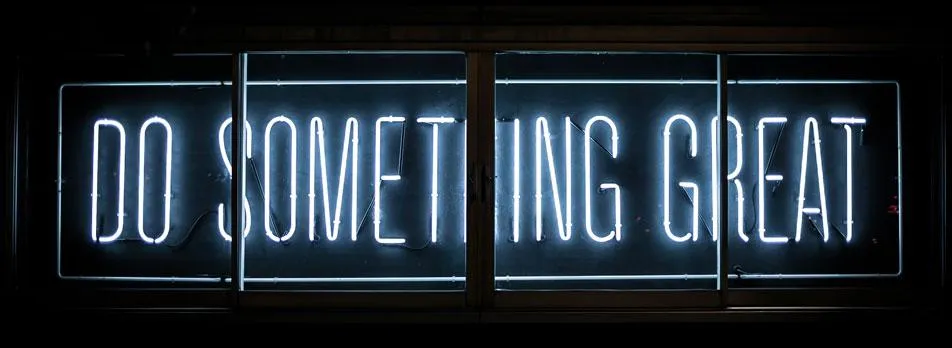MIKE MILANO
SPEAKER | CONSULTANT | AUTHOR
BLOG

Adapting to Different Cultures
“Vulnerability can help close the cultural divide” - Mike Milano
Human beings are inherently social, which means we operate in groups. As anthropologist Ruth Benedict explained in her iconic book Patterns of Culture, “Society in its full sense…is never an entity separable from the individuals who compose it. No individual can arrive even at the threshold of his potentialities without a culture in which he participates.”
We participate in many cultures—those of our country, town, family, race, religion, ethnic background, educational institution, membership group, professional group, to name a few. Sometimes there aren’t many differences among the social groups that make up our lives, and sometimes the differences are glaring. All of these groups, however, shape and influence our behaviors, sometimes in ways that catch us unaware. And each time we become a member of a new group, we bring our behaviors with us.
Every organization or corporation has its own distinct culture. Leadership behavior within these groups is strongly influenced by it. An extremely successful leader in one organization may fail dismally in another. Some leadership behaviors may prove advantageous in developing certain business partnerships, while the same behaviors may do the exact opposite in another arena.
It’s always more comfortable to remain within one’s own sphere. Unfamiliar cultures set off warning bells or beg to be ignored. An old African proverb sums up the situation best. “The stranger sees only what he knows.” Faced with different cultures, there’s a tendency to retreat to comfortable ground and rely on behaviors that have been successful in the past or to plow ahead blindly, oblivious to any differences at all.
I would argue that good leaders can succeed in any organization regardless of its culture, as long as they are willing to adapt. As my friend and mentor LTG (Retired) Rick Lynch writes in his must-read book, Adapt or Die, “The world moves fast today—faster than a lot of seemingly capable leaders and even some well-oiled machines and top-notch organizations can handle. But true leaders know how to adapt and how to get those around them to adapt to any situation.”
Critically, leaders must be vulnerable in the face of obvious cultural differences and open to change. But first, they must acknowledge that not every culture is the same. Instead of blindly assuming the universe sees the world as they do, they must go into each new situation on the lookout for cultural clues. This is not always as easy as it seems.
When I was offered my job at Target Corporation after 33 years in the United States Army, thankfully I was mentored by the man who hired me, Mitch Stover, then Target’s Executive VP for Global Supply Chain. He gave me invaluable guidance. Knowing I knew absolutely nothing about retail logistics and supply chains, he told me don’t worry, they had a plan to teach me the business, and they did. What was vital to my success, he followed, was learning and being comfortable with Target’s culture, because it was significantly different from the culture I’d just spent 33 years leading in. And he was right—learning the company’s culture and figuring out how to adapt my leadership behaviors to it were essential to my success. But that took vulnerability. Even though I didn’t know the business I was now a part of and responsible for, I was still a leader in the company, and figuring out how I needed to adapt to be effective was job number one. Getting the lay of the land from a cultural perspective, and asking for and acting on feedback on how my process of adapting was going, were what set me up for success.
Being vulnerable is realizing the impact you have on those around you and being aware of the impressions you make, sometimes without saying a word. What worked in the Army in some situations fell flat with Target. Hands on hips or crossed arms when talking to people, for example, can be an accepted norm or posturing perfectly acceptable in one culture but intimidating and closed in another. Terms or phrases, while embedded and even humorous in one workplace are confusing and useless in another. That is the thing about different cultures. A small gesture that carries so much weight and meaning for one culture can hold nothing for another. Being vulnerable, empathetic, and self-aware, and willing to receive and act on feedback, can help one adapt and succeed.
To read more about vulnerability in leadership, click here visit my Substack blog.



